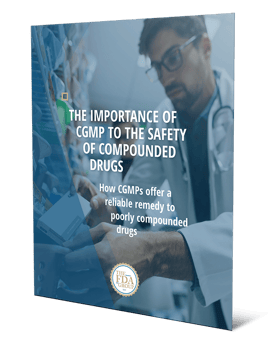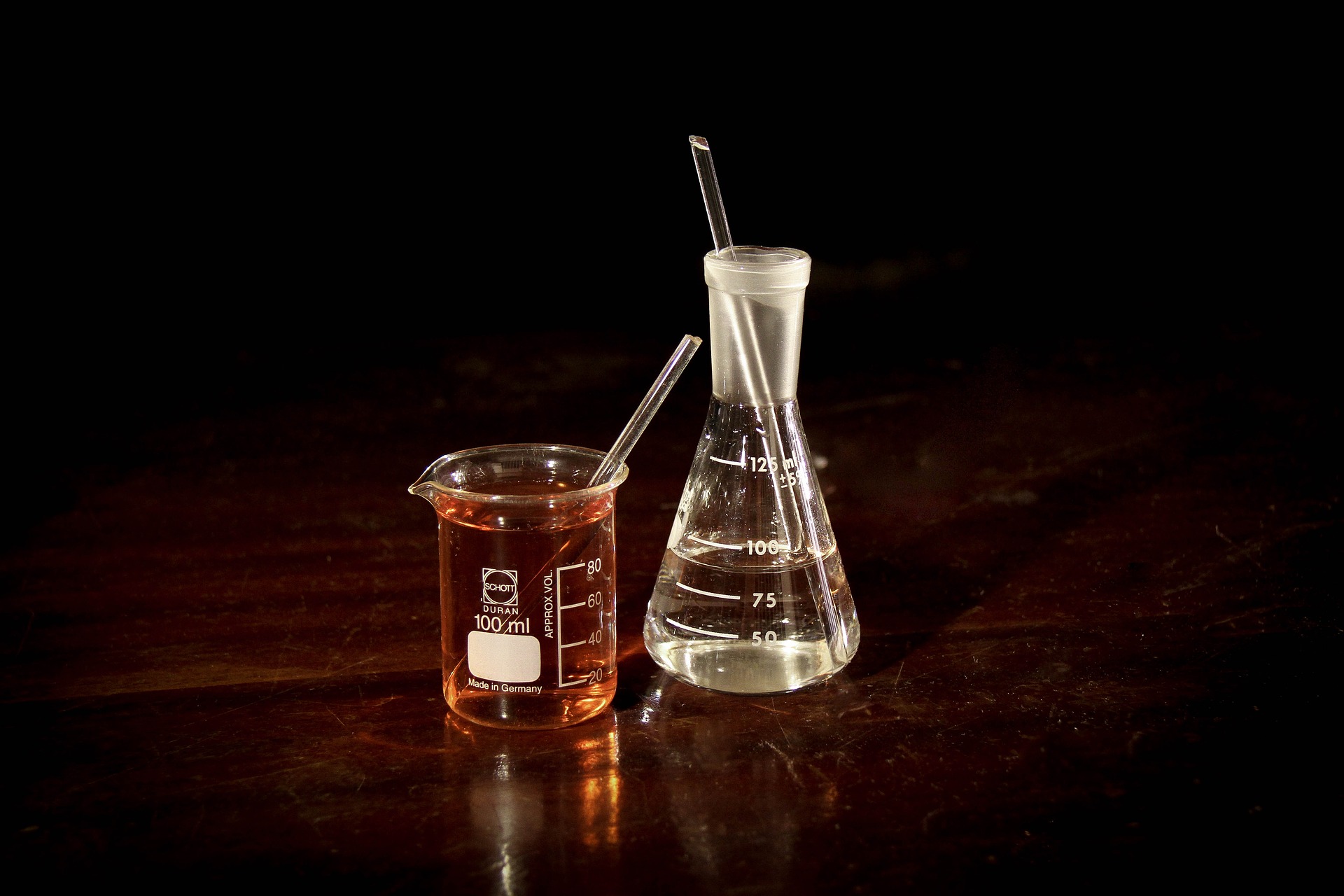The FDA’s 2018 compounding policy priorities plan offers a first look at forthcoming new regulations the agency says it will issue later this year in response to growing concerns over the oversight of compounded drug manufacturing at compounding pharmacies and outsourcing facilities.
The plan also offers details into how the FDA will regulate compounding from bulk drug substances (active ingredients).
This will present new ways of complying with the agency’s restrictions on making copies of FDA-approved drugs. Lastly, the FDA also plans to clarify when it will rely on state regulatory authorities to oversee compounding pharmacies.
[Free White Paper:] The Importance of CGMP to the Safety of Compounded Drugs
The FDA issued two final guidance documents along with their 2018 plan, which explain restrictions on producing compounded drugs that are copies of FDA-approved drugs.
Another guidance was issued explaining the conditions under which regulators won't take action against compounding pharmacies and outsourcing facilities that mix, dilute, or repackage certain biological products outside the scope of an approved biologics license application (BLA).
Addressing the problem of compounded drug safety
A Pew report released in June of 2017 identified over 50 compounding errors or potential errors associated with over 1,200 adverse events, including 99 deaths, from 2001 to 2017.
This new plan, according to Pew’s director for public health programs, Elizabeth Jungman said in a statement to Bloomberg Law, “shows an intent to focus on key issues—like quality standards, preserving the approval process, and interstate distribution—that will have a meaningful impact on the health and safety of patients who need compounded drugs.”
Compounding pharmacies, outsourcing facilities, and current good manufacturing practices (GCMPs)
In the new plan, FDA says it will it will issue proposed regulations on current good manufacturing practice (cGMP) requirements for outsourcing facilities—which the DSQA recently made its own category of compounding facility, distinct from traditional compounding pharmacies (those that customize medications for individual patient prescriptions).
Before these proposed regulations are presented, however, FDA said it will issue a revised version of a 2014 draft guidance to describe a new flexible, risk-based approach to cGMP requirements for outsourcing facilities.
[Read Also:] Compounding Pharmacies and CGMP: A Primer
As for traditional compounding pharmacies, regulators may impose less stringent cGMP requirements under the revised draft guidance. The agency says it will consider the size and scope of a facility’s operations when determining how cGMP requirements should be applied.
How all compounding facilities can start preparing for CGMP requirements now
Education offers the best mechanism for beginning to change behaviors, processes, and procedures to align compounding operations with CGMP.
Along these lines, compounding pharmacists should take their first step toward CGMP alignment by considering the following three core questions in order to understand the risks of failing to adopt GCMPs throughout their organization:
1. How does CGMP apply to compounding?
2. How does a compounding pharmacy comply with CGMP?
3. How does the FDA assess the state of CGMP compliance once implemented?
Rather than contending whether or not regulators are misapplying the rules, and if the FDA, in the words of congress is “overstepping” their regulatory authority, educating and implementing appropriate strategies that enhance patient safety while making economic sense best serves the compounding pharmacies in the long run.

To help you address these questions and carve an effective path toward CGMP compliance, read our free white paper: The Importance of CGMP to the Safety of Compounded Drugs.
Prefer a presentation? Watch our free webinar, presented by Gary E. Ritchie below.



